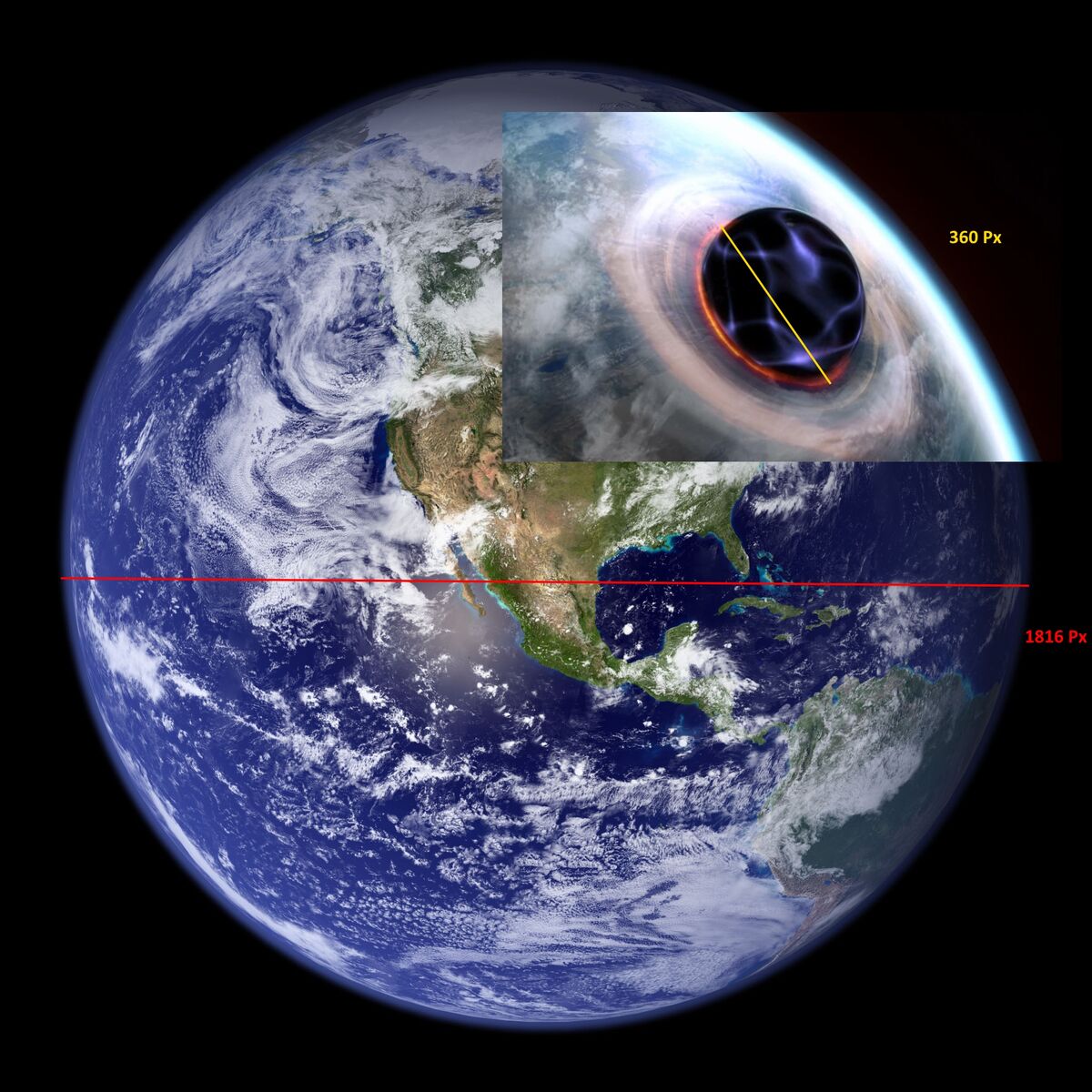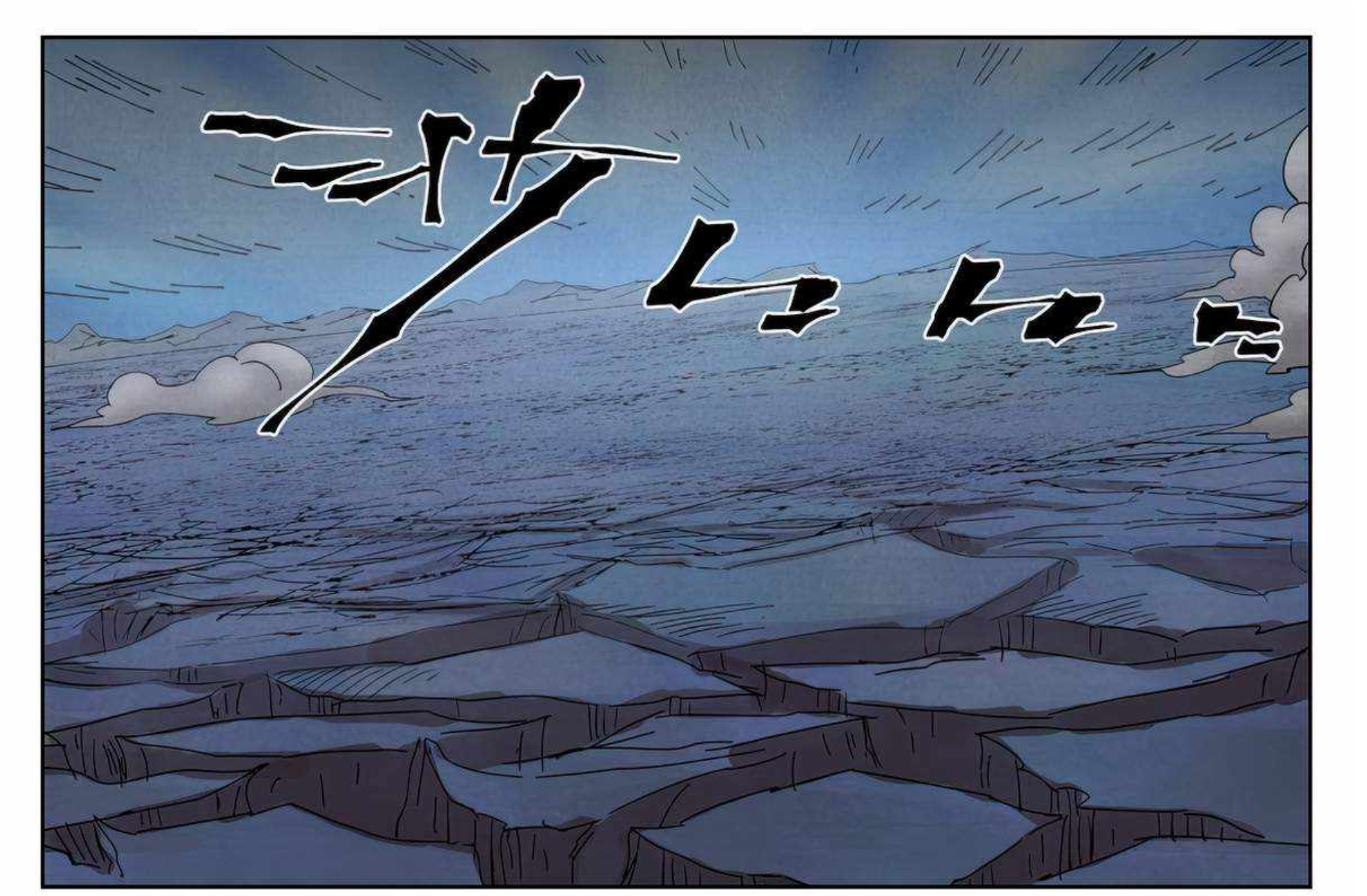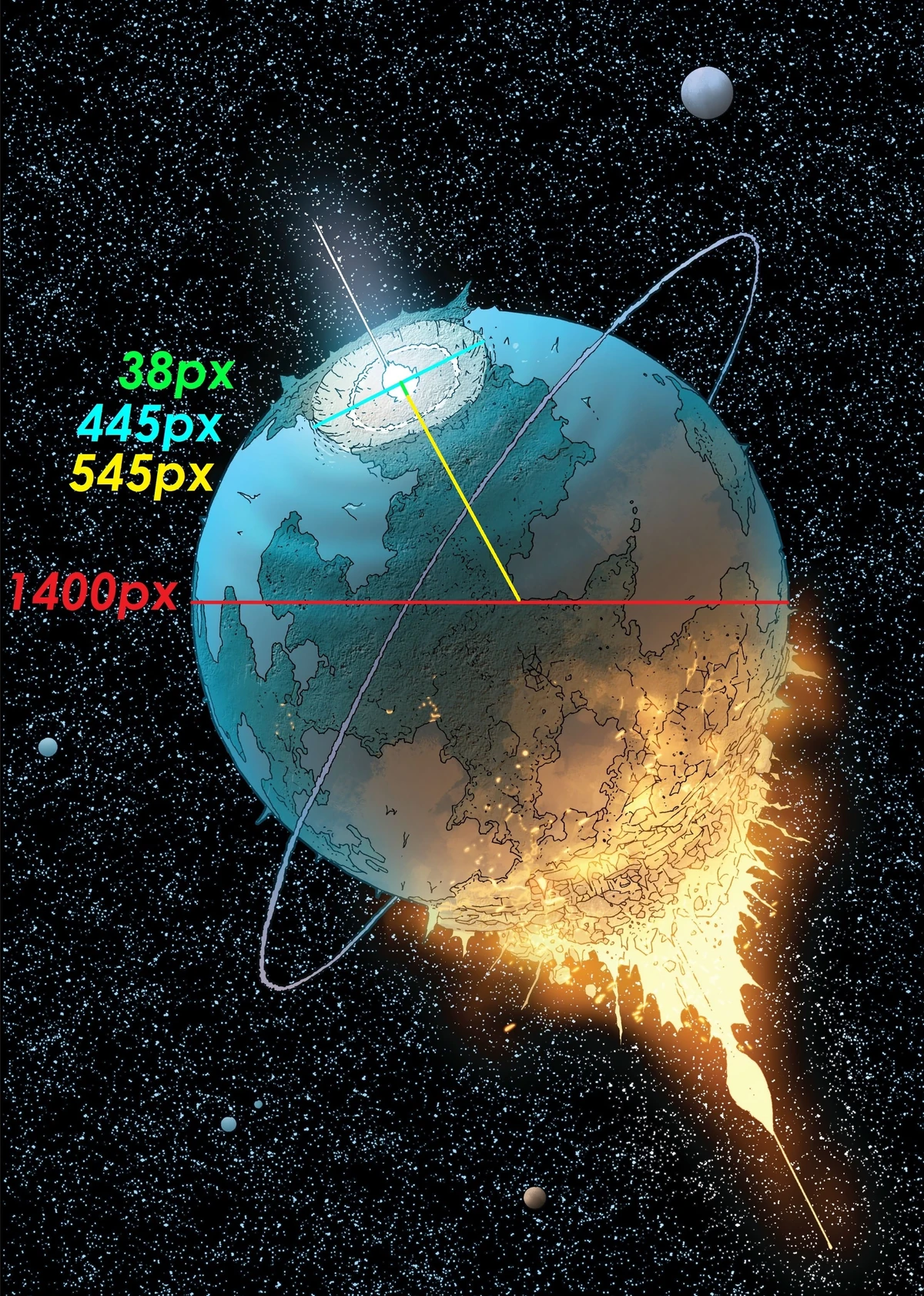- 4,716
- 4,226
I dont even know what you did for the third calculation
Follow along with the video below to see how to install our site as a web app on your home screen.
Note: This feature may not be available in some browsers.
I saw this CalcI dont even know what you did for the third calculation

Did it impact anything?hello, I'm here again. Is there a way to measure attack-like blast that looks like a massive laser
no. it was aimed up high, but it disintegrated the monstersDid it impact anything?

Are you sure? It just kinda looks like it missed or something.no. it was aimed up high, but it disintegrated the monsters
The correct result for the airburst formula should be 230481912.55 Megatons or 230.48191255 Teratons
Oh shit, really? It that case, you'd likely need to find the size of one monster, and estimate the value for vaporization based on that. After you find it, find the dimensions of the blast and see how much bigger it is than one monster. Then, it's as simple as multiplying the result by the energy value of vaporizing one monster.the black dots are the monsters
Oh shit, really? It that case, you'd likely need to find the size of one monster, and estimate the value for vaporization based on that. After you find it, find the dimensions of the blast and see how much bigger it is than one monster. Then, it's as simple as multiplying the result by the energy value of vaporizing one monster.
To me personally, it looks more like a cone shape, but you can definitely use a cylinder for a High-end.oh, should I use a cylinder for vol?
definitely some of the words of all time.Hello on Vaporization and Pulverized
How much joule/cc on
Small Building
Small towns
Small country
Durability
Paste the formula into the google search barwait how?
Hello on Vaporization and Pulverized
How much joule/cc on
Small Building
Small towns
Small country
Durability
What is happeneing?
InsanityWhat is happeneing?

Maybe if you use an average mountain height and use the angsizing calculation to get the degree from the pixel height of the mountain and the panel and then do the distance with the degree to the estimated mountain height itself.there a way to the know the distance of Mountain in this pov?
Let's ignore the question of whether or not the character simply gave the avalanche a final push for it to naturally develop without its energy.Are avalanches calc-able? Without any visuals to go off of. Just as like, a common feat.
(I.E. a character said to trap a large group of 'savage canibal apes' in a crevasse/valley with a 'giant avalanche')
Damn. Well, it makes sense given it's a sort of 'chain event,' and even at a higher end is a prolonged disaster, not a simultaneous one. Thanks for the answer!Let's ignore the question of whether or not the character simply gave the avalanche a final push for it to naturally develop without its energy.
Keeping it brief since the avalanche was described ad gigantic you can probably take a such as one with 505,850 kg of mass and an average speed of 17.9 m/s if you wanna say he creates the totality of the avalanche. And then I think just simple KE to get you about 19 kg of tnt worth of energy.
However, I would be more inclined to scaling it to something like an avalanche's initial mass more if you don't know for sure which was 84400 kg which is only 3.2 kg worth of TNT lol.
You can probably get a higher value if you use like the highest end speeds for an Avalanche of like 88 m/s but its whatever.
Anytime my guy. Glad I can help.Damn. Well, it makes sense given it's a sort of 'chain event,' and even at a higher end is a prolonged disaster, not a simultaneous one. Thanks for the answer!
How I can calc this?
I am not sure what you are tryna ask about here. Though shouldn’t you or ask the person who told you off in particular? Or is this what you got told off for and are asking if we agree?So I was told that Omh’s Law is not entirely reliably in situations where temperature changes and changes the resistance of the material for conduction when the calculation requires consistent temperature.
so I am using the equation with the Temperature coefficient factor to find the wattage from the Ohm’s law.
first the temperature difference would be from room temperature 20 degree celsius which would be up to 44999726.85 degrees celsius. And the Temperature coefficient for tungsten which is a common material for fusor reactors is .0045 and the Ohm's Meter for resistivity is 4.9e-8.
The equation to start is
30keV is 30000 Volts
the Ohm’s is 4.9e-8/.07 * 0.0012566^2 = 1.1053305e-12 Ohms
now we must find the resistance after temp change with current resistance:
1.1053305e-12(1+.0045(44999726.85-20)) = 2.23829073e-7 Ohms
now we can find the Amps and then the Watts
Amps = 30000 / 2.23829073e-7 Ohms = 134030845939 Ampa
Watts = 30000 * 134030845939 Amps = 4.0209254e+15 Watts
thoughts?
How I can calc this?
In your country it was probably already blocked. I can still see it.Damn, NBC Universal blocked that video fast
It was saying that on another site that Ohm’s law on it’s own would not be entirely accurate as temperature change gives varying resistivity, so I applied the temperature change factor to the equation.I am not sure what you are tryna ask about here. Though shouldn’t you or ask the person who told you off in particular? Or is this what you got told off for and are asking if we agree?
Wasn’t the whole issue with own weight scaling that LS is the additional mass you can lift atop your mass?May i know, if there's a character who have a black hole as part their body. By default does it grant LS same as mass of the black hole?
